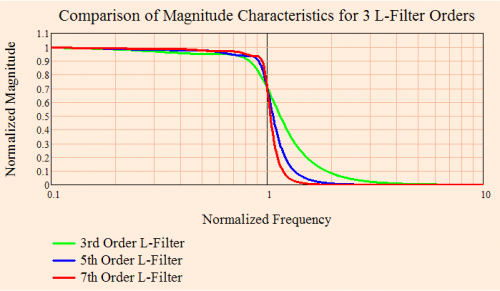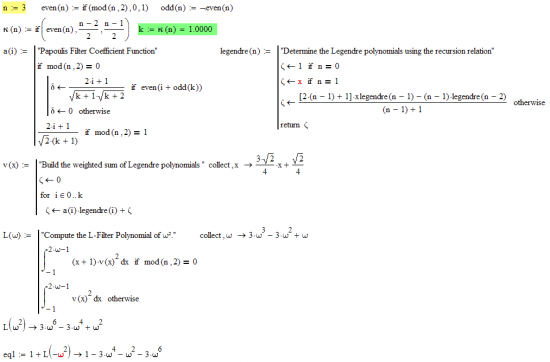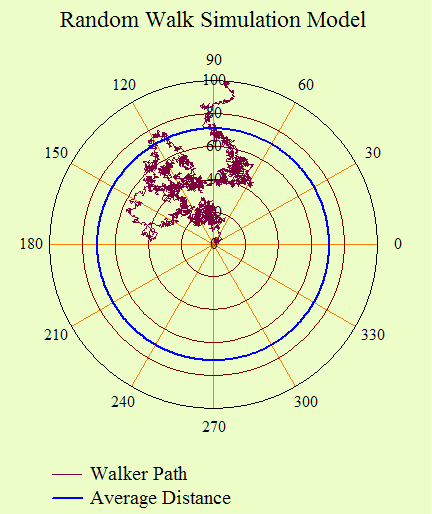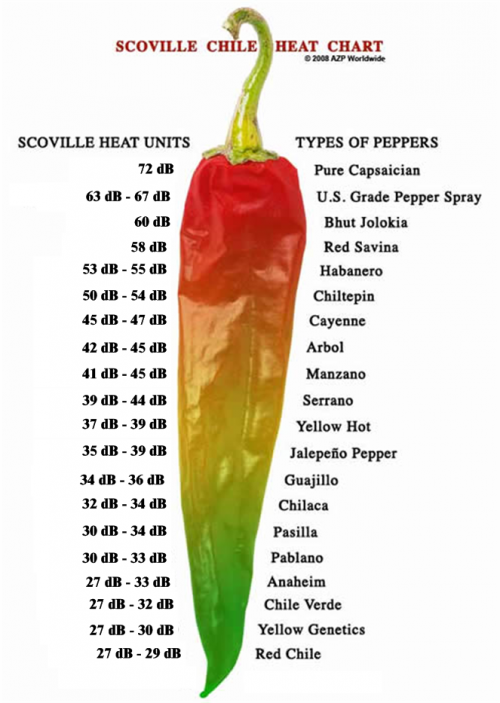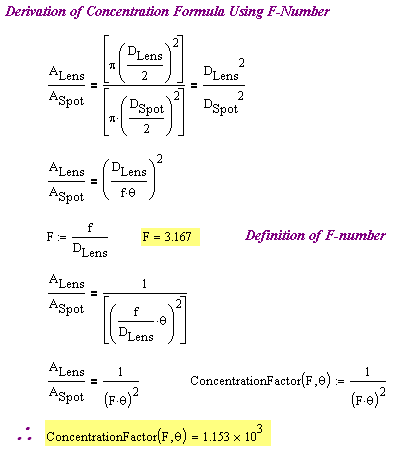Quote of the Day
Failure is an option here. If things are not failing, you are not innovating enough.
— Elon Musk
Introduction

Figure 1: Meteor at Twilight. (Source)
One of my coworkers knows one of my brothers (I have three). My brother and this coworker are friends and their families vacation together. They happened to be at a lake one night in Northern Minnesota together and my brother showed this coworker where to look for satellites and meteors. This coworker stopped by my desk and told me about the great time they had just watching the sky and how interesting it was.
I own a small cabin on a lake in Northern Minnesota. Years ago I showed my brother how to find satellites, planets, and meteors. I love to lay on the dock at night and watch the sky. Because Northern Minnesota is so sparsely populated, the sky is incredibly dark and the stars are so much brighter than in the metropolitan region where I spend most of my time. When people visit me at the cabin, I take them out on the dock and introduce them to the world of meteors, satellites, and planets. It is always a good time.
During a recent discussion on our sky-watching activities, a coworker mentioned that some meteor showers have "fast" meteors and some have "slow" meteors. Why are some meteors fast and others slow? What does fast mean? What does slow mean? This is another example of a Fermi problem and some simple mathematics will give us a feel for what the answer is.
Background
Meteor Shower Basics
I am not an expert on meteors, so I needed to do some research. It turns out there are three sources of meteors:
- Asteroid belt
The asteroid belt is the source of the slow-moving meteors, which are assumed to originate from collision between objects in the asteroid belt. The Geminides are a good example of this type of meteor shower. - Comets
Comets have often been compared to "dirty snowballs" that orbit the Sun. They release rocky material as the heat of the Sun causes them to slowly disintegrate. Comets are the source of the fast-moving meteors. The Leonids are a good example of this type of meteor shower. - Outside of the Solar System
These are very rare and unpredictable, so they would not be part of any well-known meteor shower. However, their velocity could be very high as they would not be in orbit of the Sun (by definition) and would be following hyperbolic trajectories. I will not be addressing this case here. However, one case has been discovered and it was moving very fast.
Computing Escape Velocity
All estimates of meteor velocity that I have seen involve a discussion of escape velocity. Escape velocity is the lowest velocity that a body must have in order to escape the gravitational attraction of a particular planet or other object.
We can compute the escape velocity by computing the work that a massive body does on a meteor. Equation 1 gives us the force on the meteor exerted by the gravity of an attracting body.
| Eq. 1 |
where
- G is the universal gravitational constant.
- r is the meteor's distance from the attracting body's center of gravity.
- MBody is the mass of the attracting body.
- mMeteor is the mass of the meteor.
- FMeteor is force of attraction on the meteor.
We can use Equation 1 to derive Equation 2, which is the work (i.e. energy) performed on the meteor by the gravitational field of the attracting body.
| Eq. 2 |
where
- EMeteor is the work performed on the meteor by the attracting body.
- RBody is the radius of the attracting body (I am assuming the attracting body is spherical).
Equation 3 equates the kinetic energy of the meteor with the work performed on the meteor by the attracting body.
| Eq. 3 |
where vMeteor is the speed of the meteor. We will use Equation 3 to estimate the speed of the meteors entering our atmosphere.
Analysis
Asteroid-Based Meteor Shower
In this case, we assume that the meteor has somehow broken free of an asteroid with negligible velocity and has simply fallen to the Earth. This means that its velocity at the surface of the Earth will be the escape velocity from the Earth. Figure 2 illustrates the calculation.
This calculation explains the 11 km/s speed sometimes quoted for slow meteors.
Comet-Based Meteor Shower
Comets orbit the Sun and the meteors generated by comets move at the velocity of a comet. These meteors really are orbiting the Sun and just happen to slam into the Earth. Figure 3 illustrates the calculation of their velocity.
This calculation explains the 42 km/s mentioned in the Wikipedia. The Wikipedia also mentions the peak velocity is 71 km/s, which is the speed of a comet-based meteor slamming heading on into an Earth that is moving at 29 km/s around the Sun.
Conclusion
I have seen the speed of meteors estimated to be anywhere from 11 km/s to 71 km/s. This post has shown where these numbers come from and they appear to be reasonable.










